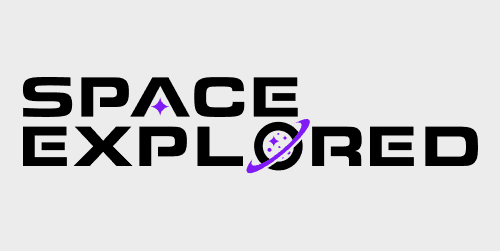
Back in early October, Northrup Grumman launched a Cygnus spacecraft named after NASA Astronaut Kalpana Chawla on top of an Antares rocket from Wallops Island, Virginia. It carried over 8,000 pounds of supplies to the station and was released today by ground teams.
Teams on the ground from NASA’s Johnson Space Center and Northrup Grumman mission control in Virginia commanded the NG-14 Cygnus spacecraft to be released from the International Space Station this morning at 10:10 a.m. EST.
The vehicle was unberthed this morning at 8:25 a.m. EST and positioned by the Canadarm in its release configuration. Berthed is different from docked, although it does the same thing. Berthing is when a vehicle is captured by the Canadarm and manually attached to the station. Docking is when the vehicle can connect itself to the station under its own power. Unberthing and undocking is the same — just in reverse.

While its mission on the station is complete, NG-14 still has a few more tasks to accomplish. The spacecraft will stay in orbit for several weeks, conducting a few additional experiments. Northrop Grumman will be testing a new communications system called SharkSat that will take advantage of Ka-Band waves which, if successful, will be used in further innovations for low Earth orbit.
“SharkSat is a stepping-stone toward reusing this equipment for multiple applications in the future. Its improvements center around using those more advanced and higher performance components that are more capable, yet consume less power.”
David Schiller, principal investigator for SharkSat
It will also host the Saffire-V experiment where a fire will be ignited inside the vehicle to continue to study how fires behave in zero gravity and how to keep crew members safe during one.
Once NG-14’s post station experiments are completed, it will deorbit and burn up in the atmosphere while taking thousands of pounds of trash with it. This is an important task that Cygnus and Russian Progress vehicles complete. SpaceX’s Dragon can return to Earth safely, bringing back important science experiments with it, but you can’t let trash build up on the station. You need to take care of it in a safe manner, like filling a spacecraft with it and letting it burn up in the atmosphere.
Each Cygnus is named after an important person in spaceflight, and this vehicle was named after NASA astronaut Kalpana Chawla. She was the first female astronaut of Indian descent and lost her life during the Columbia Disaster.
Enjoy reading Space Explored?
Help others find us by following on Apple News and Google News. Be sure to check us out on YouTube, Twitter, Facebook, and Instagram, join our Discord!
FTC: We use income earning auto affiliate links. More.



Comments